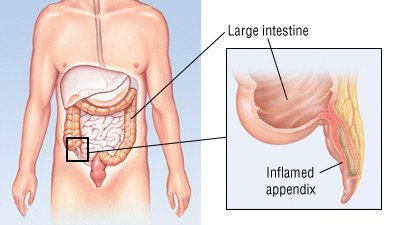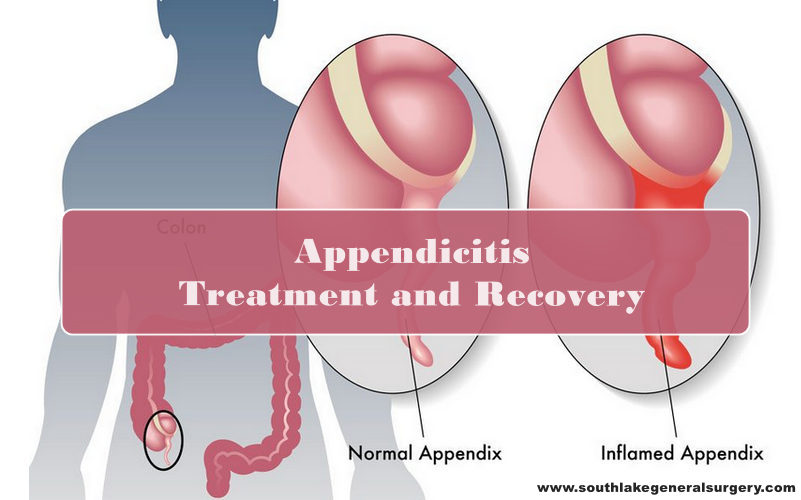Painstaking Lessons Of Tips About How To Check For An Appendicitis

In order to rule out other causes of your abdominal pain and confirm a diagnosis of appendicitis, your doctor will take your medical history, perform a physical exam, and order the.
How to check for an appendicitis. Appendicitis happens when your appendix becomes inflamed, likely due to a blockage. This is usually the first sign. The classic symptoms of appendicitis include:
Pain in your lower right belly or pain near your navel that moves lower. Appendicitis, or inflammation of the appendix, has many different causes. The most telltale symptom of appendicitis is a sudden, sharp pain that starts on the right side of your lower abdomen.
Rebound tenderness is a widely used examination technique for patients with suspected appendicitis, but it can be quite uncomfortable. It can be acute or chronic. When this pressure is released, the pain from appendicitis will worsen.
An alternative test for peritonitis is termed the. It may also start near your belly button and then move lower. Doctors use an ultrasound as the first imaging test when checking for possible appendicitis in infants, children, young adults, and pregnant women.
Tests and procedures used to diagnose appendicitis include: An appendicitis test is a series of tests that diagnose appendicitis. This is the bread and butter of recognizing appendicitis.
Blood test to check for signs of infection. Your healthcare provider may order. Physical exam to assess your pain.
The diagnosis process for appendicitis may include a physical exam, collecting your medical history, and having tests and imaging. Your child’s healthcare provider may order blood and urine tests to check for infection. Pain in the abdomen is the most common symptom, but you also may experience nausea, vomiting, constipation, and.
Magnetic resonance imaging (mri) scan. Tests typically include a physical exam, blood and urine tests and an imaging test, such as a ct scan or ultrasound. Gillard teaches you how to palpate the abdomen, check the abdominal aorta and test for appendicitis.
Mcburney’s sign, also known as mcburney’s point tenderness is. Appendicitis tests usually include a physical exam of your abdomen and one or more of the following: In the united states, appendicitis is the most common cause of abdominal.
Your doctor may apply gentle pressure on the painful area. They will ask you about your child’s symptoms and medical history. This indicates a swollen adjacent peritoneum.
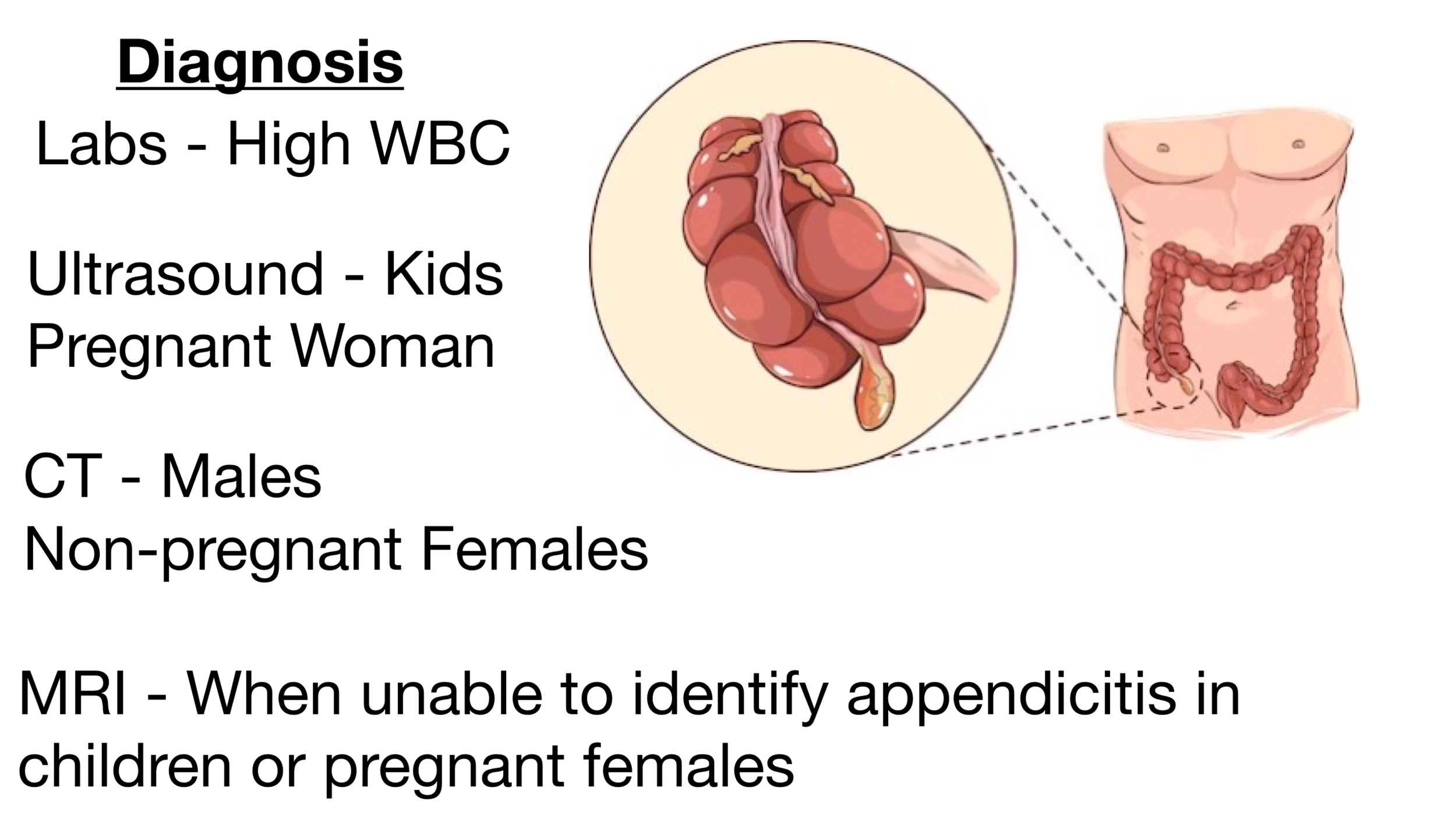

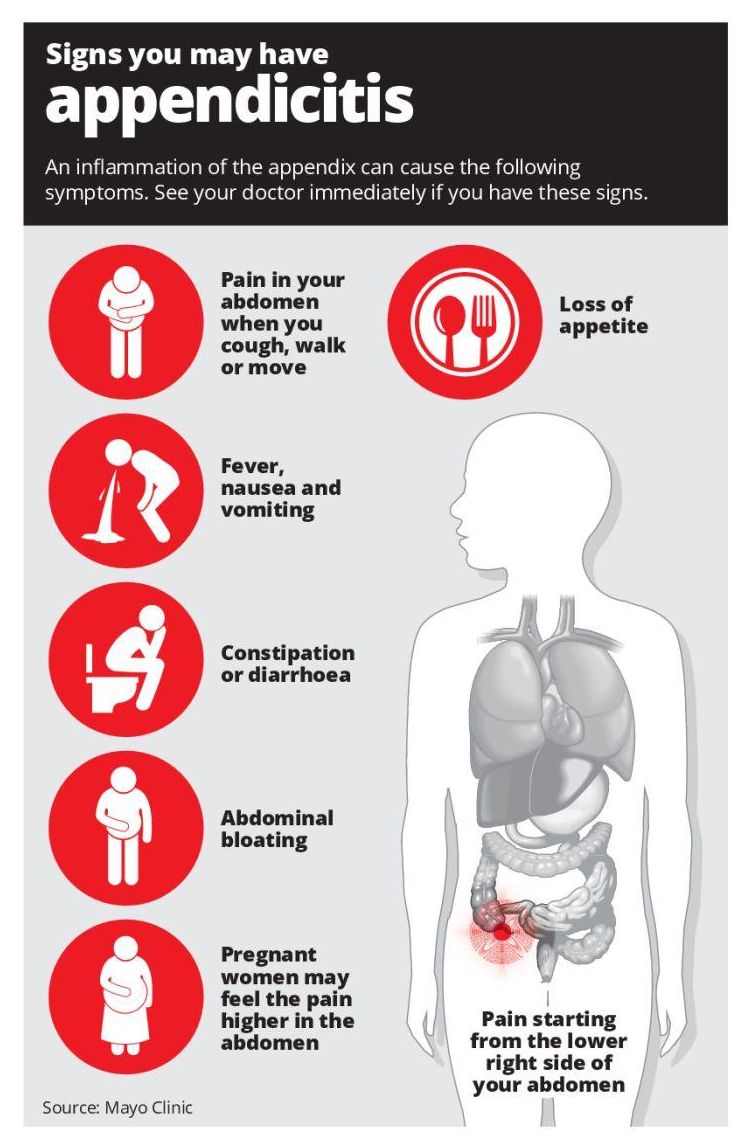
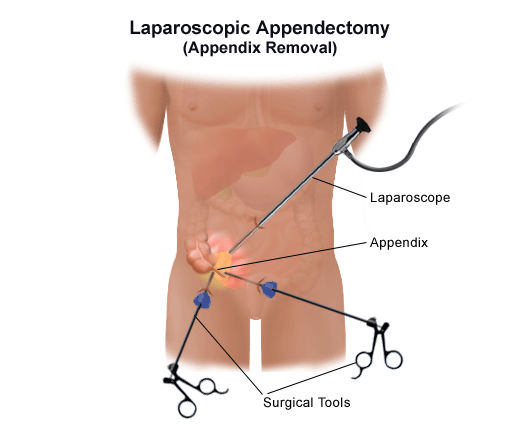
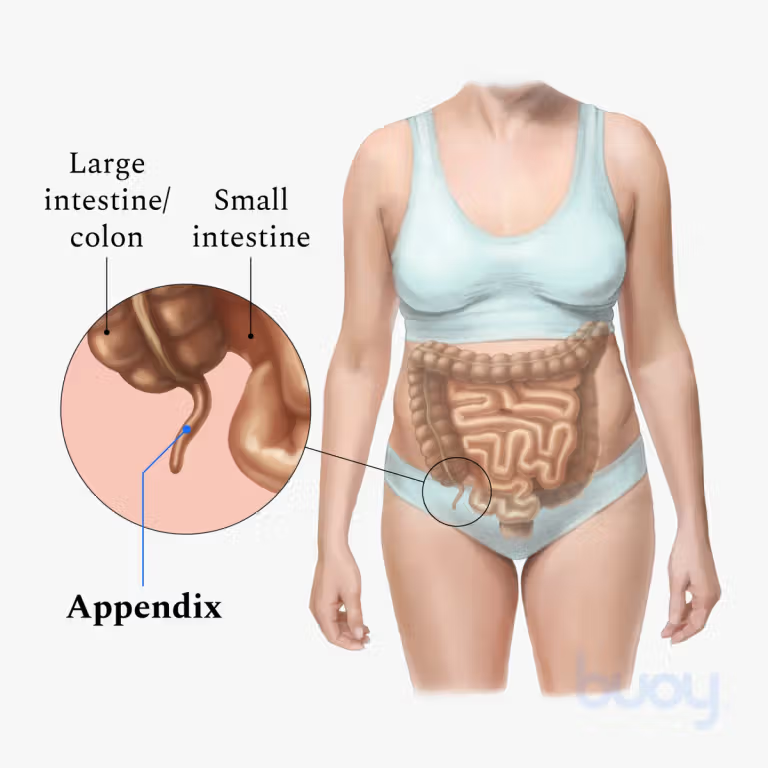

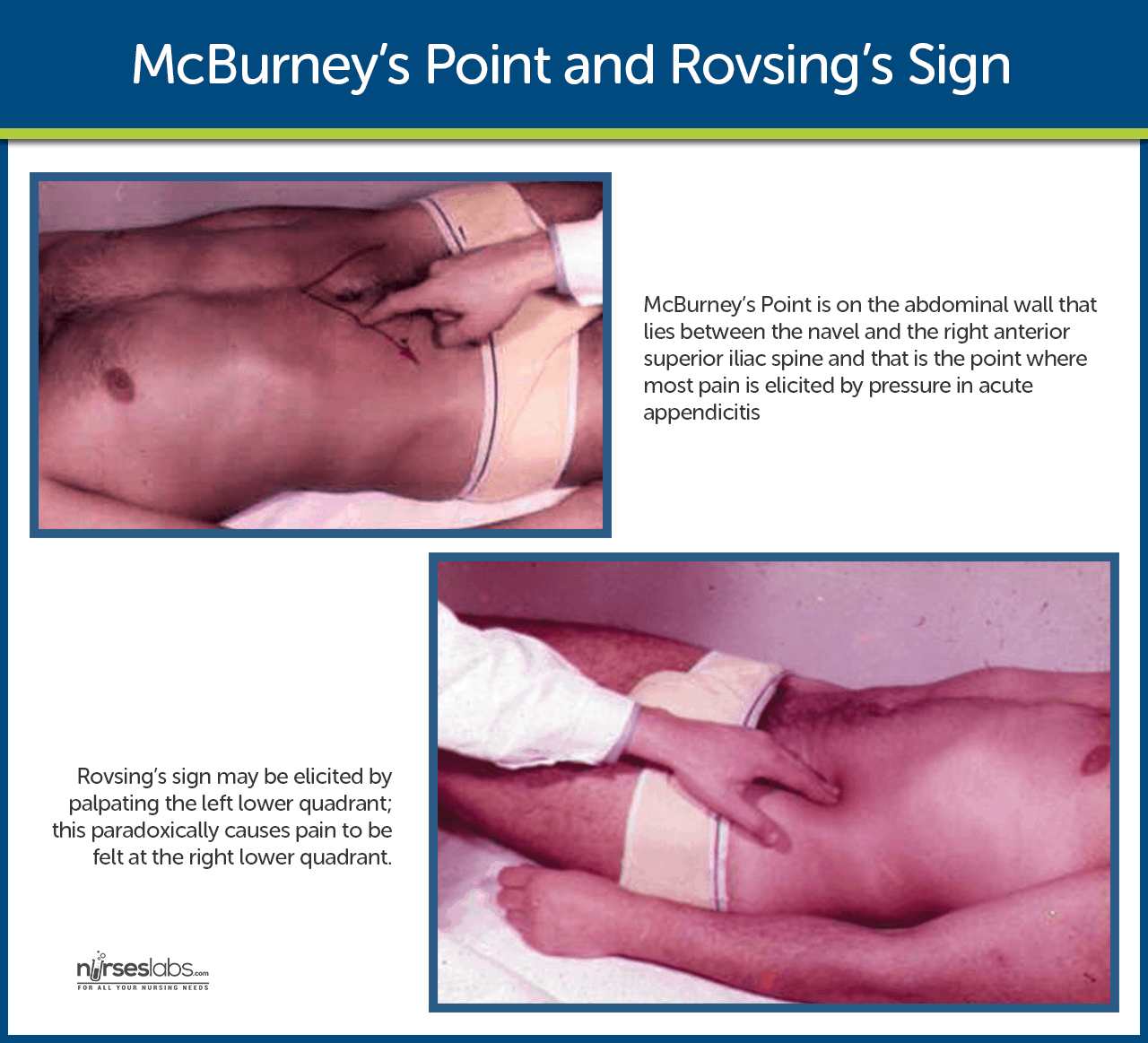


:max_bytes(150000):strip_icc()/appendicitis-1742772_final-cca503ad852a49ff8a67127675233178.jpg)

